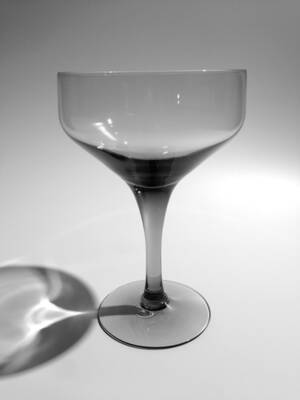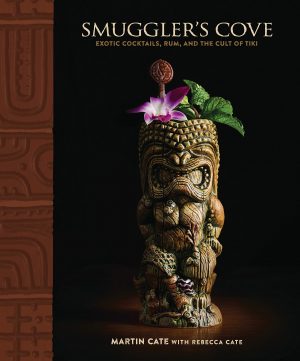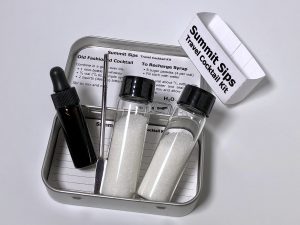
Vancouver

With so many historical references broadly available, and enough modern ones drawing comparisons and stimulating conversations, the classics are well-established. Naming disputes have been settled, so if someone orders a traditional old-school drink that has been served and enjoyed for decades, it should be generally understood what will appear in their glass—possibly give or take a modern proportion or garnish. This is why it can get exciting (and sometimes a little heated) when new evidence appears that contradicts nearly a century of tradition, especially when the drink’s namesake is a respected cocktail metropolis!
Such was the case a year ago when Canada’s Scout Magazine brought to light certain entries from a book published back in 1925 that describes the potential origin of the Vancouver cocktail. It would appear that people all over the world (not to mention quite a few living in Vancouver, British Columbia) have been making the sweet vermouth version of this drink incorrectly for decades. According to the About Town Cocktail Book, the Vancouver contains dry, French vermouth while another nearly identical drink called the Fitchett is cited using sweet, Italian vermouth. This second cocktail—the one we have been making all along—is named for the book’s cocktail editor, a respected bar steward back in the day—and there is no ambiguity in these clearly written recipes.
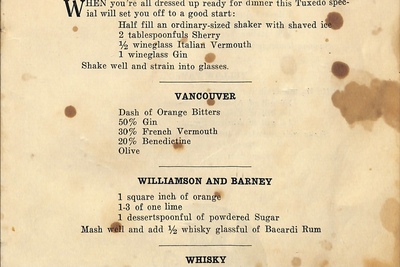
If you have never heard of the Vancouver cocktail, this kind of ingredient reversal may not seem like a big deal, but imagine what would happen if it was discovered that the drink named for your town—something like the Manhattan—was supposed to contain dry vermouth instead of sweet all along. There is simply too much documentation for that to happen in New York, but with the Vancouver, there was never any reason to doubt the trust we placed in tradition as the recipe was handed down over the years.
There are accounts that take the sweet version back as far as the 1950s, and plenty of variations on that design have evolved such that we can jokingly assume that no two Vancouver cocktails are ever identical. But up until a year ago, nobody was making it with dry vermouth. Everyone just assumed this drink came from the Sylvia Hotel, or possibly one of several speakeasies prior British Columbia’s repeal of Prohibition, but this book is the earliest documentation we have now and it clearly contradicts everything else.
We’d like to give the Vancouver a whirl and write about it as others have over the years, but the unlikely discovery of the old recipe is enough to create some confusion. Shifting ingredients is not completely unheard of, but transforming a classic with a long local tradition will be an interesting challenge to watch in the upcoming years. For us, however, it’s no challenge at all but rather an opportunity: we can simply make them both.
Vancouver and Fitchett
1.75 oz gin
1 oz sweet vermouth (or dry by the book)
.75 oz Benedictine
1 dash orange bitters
Stir with ice and strain into a chilled cocktail coupe. Garnish with a cocktail cherry (or an olive?).
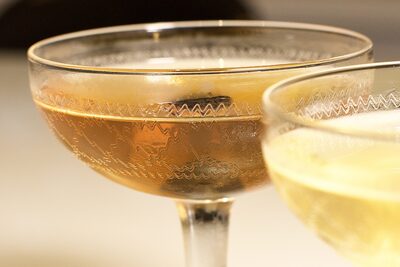
There is enough to play with here that it is worth mentioning some of the ways this drink has evolved before the vermouth controversy confused everyone. The sweet version has often seen a reduction of the Benedictine to as little as a dash. Less sugar allows more emphasis on quality spirits which is a typical modern influence over classic recipes. Some have argued that changes should depend on your sweet vermouth and have suggested Punt E Mes to add some bitter to help balance the sweet somewhat. Most agree that a full-bodied vermouth can bring out a richness akin to the Martinez which features maraschino liqueur instead of Benedictine.
For the gin, anything is acceptable, but we find most references suggest a Plymouth style with with less juniper and more citrus. This profile has come to represent the flavors in many modern craft-distilled gins, so we selected Freeland Spirits blue bottle, a delicious go-to local product for us, but a lot of options exist.
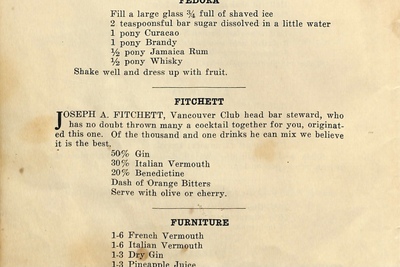
It’s not unusual to find someone who thinks they are being clever for changing out sweet vermouth for dry in a classic recipe. That switch can actually be a great way to transform a cocktail without completely redefining its flavor. It stands to reason that someone would have tried this on the Vancouver, or perhaps these two drinks were created in the opposite order and we lost track of which was which. In any case, the dry vermouth version solves some of the problems with too much sugar. It also results in a much lighter flavor profile allowing more of the herbal mystery from the Benedictine to affect the finish. You could also try splitting the difference by combining both vermouths 50/50 (usually called a “perfect” variant) as others have done.
So, which is better? Well, they are both delicious as written, and we have no favorite. The next time we make this, it will come down to mood or ingredients at hand. The dry version comes across more like a Martini (as it should) while the one with sweet vermouth is a great Martinez alternative. We would suggest either variant to anyone who enjoys the Monte Carlo or the Vieux Carré. It stands up to both of these and offers a gin-based alternative for Manhattan lovers as well. Two more reasons to own a bottle of Benedictine is fine by us.
From The Shop:
Recommended:
You Might Also Like:

Death in the Gulf Stream
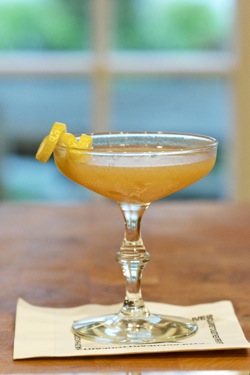
Japanese
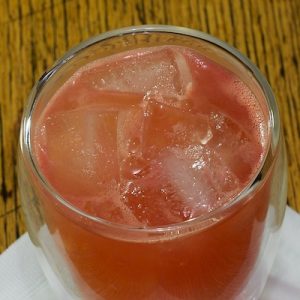
Saw Tooth
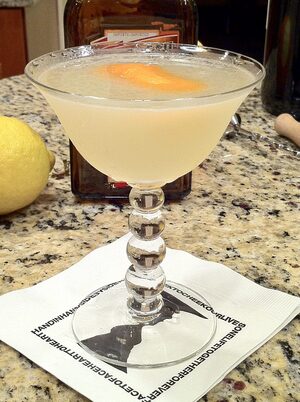
Corpse Reviver #2

Stinger
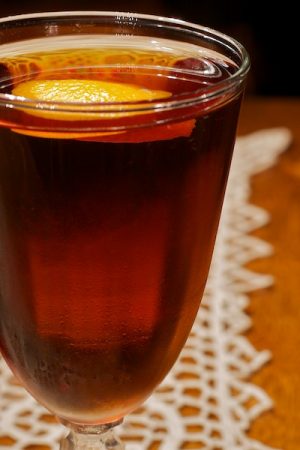
Anodyne
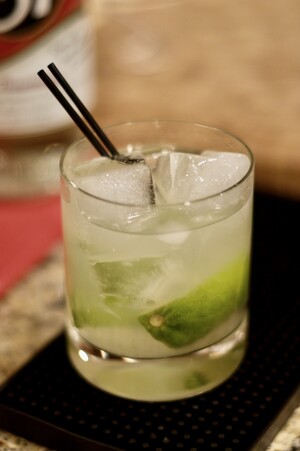
Caipirinha
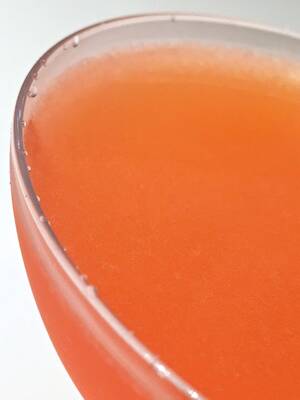
Naked and Famous

Chestnut Cup
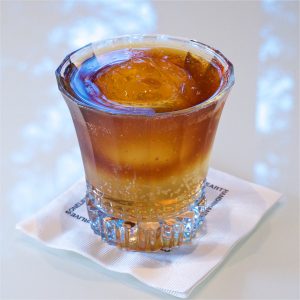
Cold Brew & Tonic

Painkiller
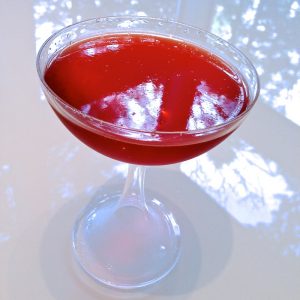
Eeyore’s Requiem

Cranston
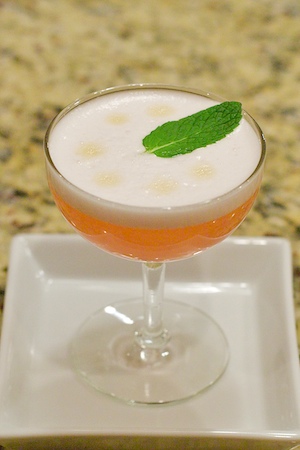
Riviera, two ways
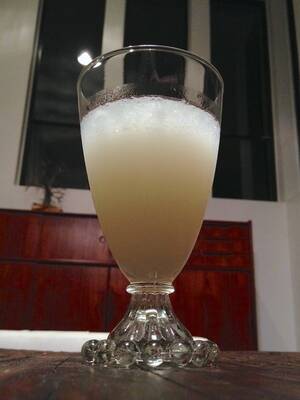
Absinthe Frappe

Basil Oil Garnish
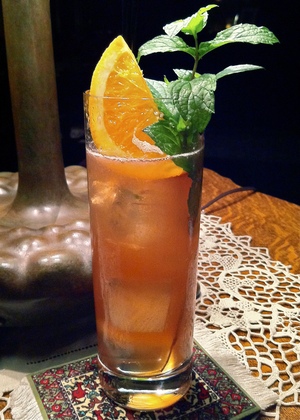
Singapore Sling
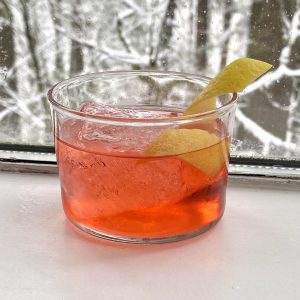
Jalisco Stroll
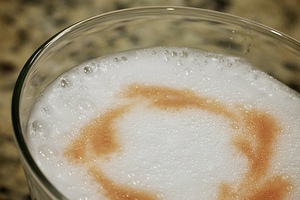
Pisco Sour

Drink with No Name: The Harrington
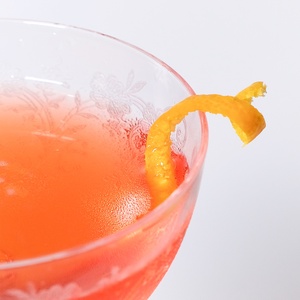
Fogerty
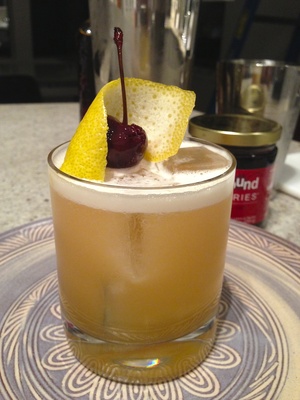
Amaretto Sour
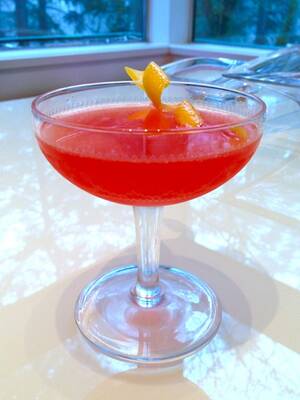
My New Religion

Grounded For Life
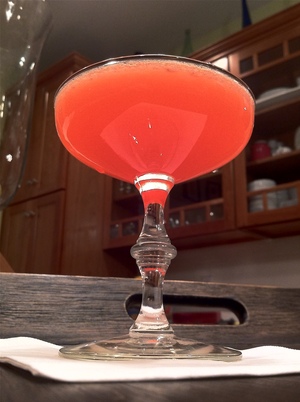
Paper Airplane
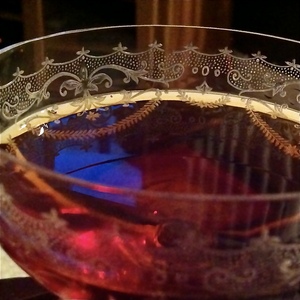
Newark
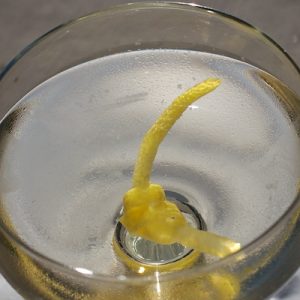
Atty

Floridita Cocktail

Margarita

